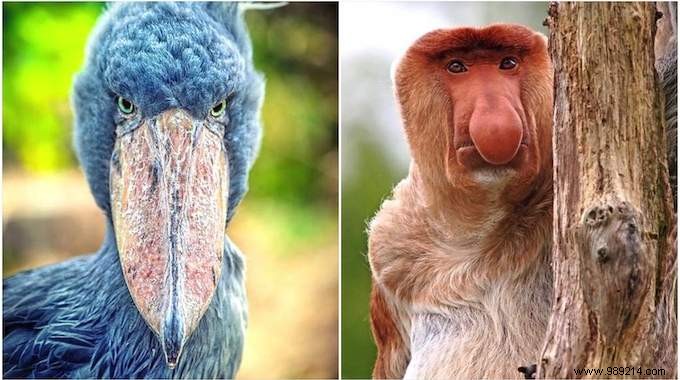
Nature is sometimes very creative!
Some animals have downright bizarre appearances.
So much so that we wonder if they really exist...
...or if they were drawn by the Pokémon designers!
Terrestrial, aerial or marine, here are animals that you are not ready to forget.
Discover 13 Bizarre Animals That Really Exist which you have probably never heard of :
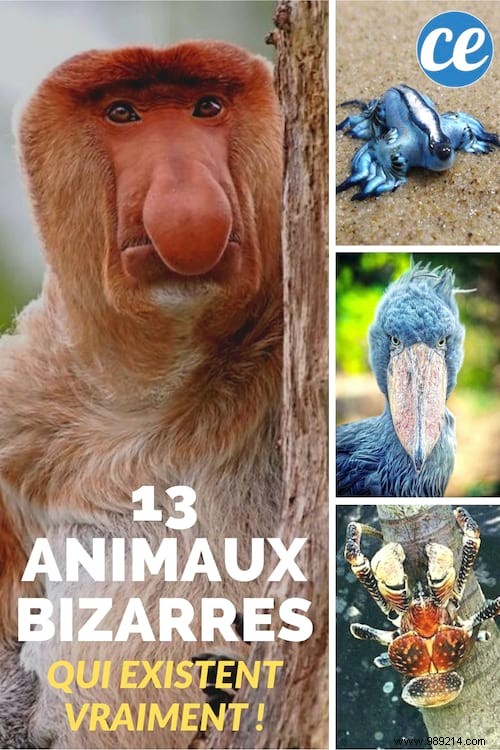
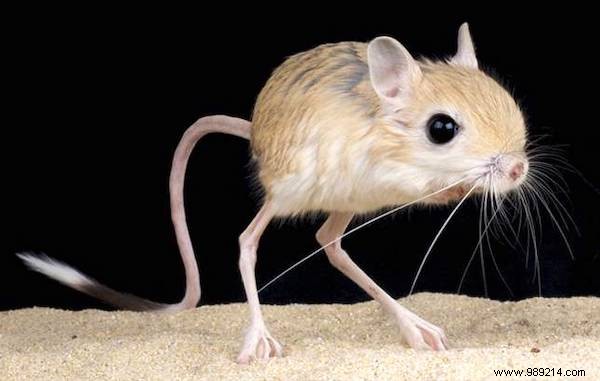
Jerboas are small rodents that live in the deserts of North Africa and Asia. They look like adorable little kangaroos. And even if they are the favorite prey of larger predators, they save themselves from many perilous situations thanks to their fine hearing and their speed. They can run up to 20 km/h.
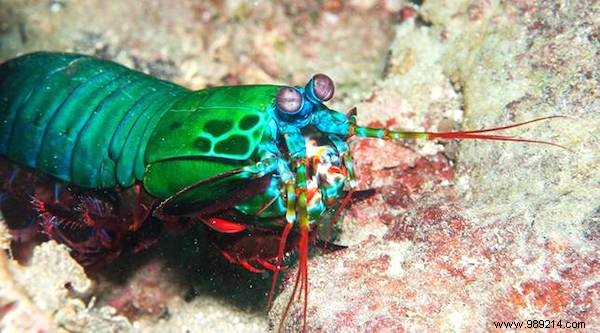
Also known as "squill", these crustaceans have powerful claws. They spear, stun and dismember their prey with the equivalent of 90 kg of pressure. This super predator is also distinguished by its exceptional visual ability. His psychedelic eyes are equipped with 12 color receptors (humans and most other animals only have three). Scientists believe this may allow them to process information from the eye to the brain more quickly.
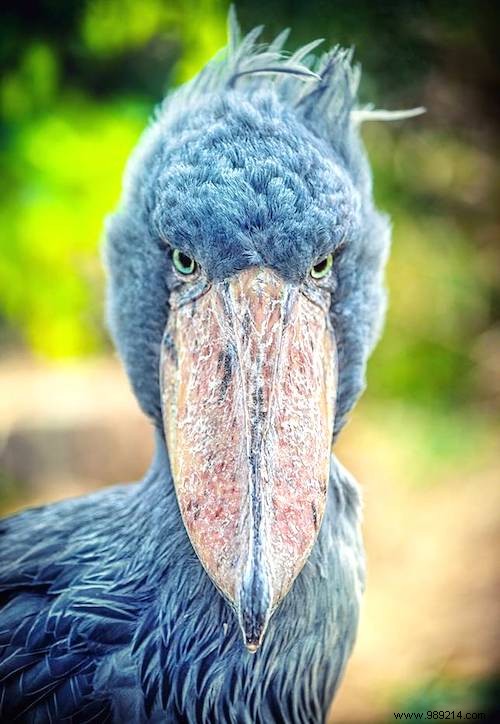
Native to the swamps of East Africa, these large birds look like cartoon characters. They are recognized by their characteristic beak. Unfortunately, it is an endangered species. In fact, humans are gradually encroaching and destroying their natural habitat and hunting grounds.
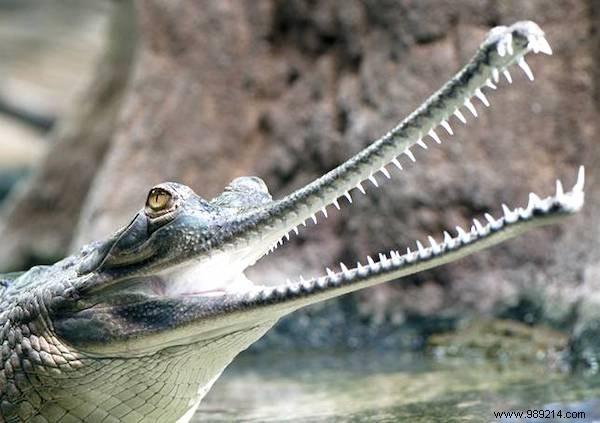
The long, slender jaw of the gharial is characteristic. It can be scary, but it is mainly due to his diet. As he eats a lot of fish, this "beak" helps him to catch them. Unfortunately, the world population of this crocodile is in great danger of extinction. There would be less than 235 individuals left in the wild today. This is due to its difficulty in finding food, habitat along the river coasts but also to fishing nets.

He lives in the arid and burning areas of the Sahara desert. This small nocturnal canine is known for its large ears, which it uses to dissipate heat. But it is also useful for hearing its future prey underground thanks to its exceptional hearing.
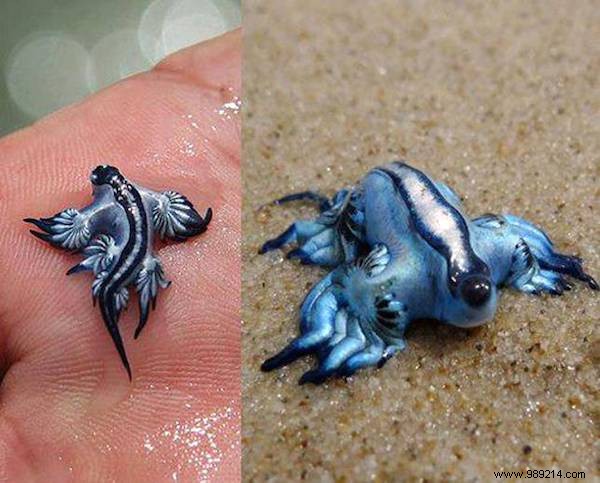
This pretty sea creature, also called "sea swallow" is actually a slug. The blue and silver mollusk feeds on cnidarians such as the sea bladder. But the most fascinating thing is that this small animal stores the venom of all its prey in its own tissues. It then redistributes it in ultra painful stings to anyone who touches it.
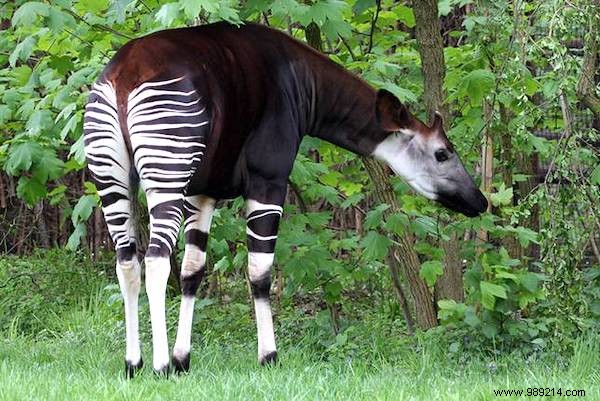
Early explorers in Africa thought they saw some kind of African unicorn. Then, they classified the okapi in the category "Okapia Johnstoni" in 1901. Because, although it has stripes, the okapi is part of the giraffe family, look at its head to convince you. Unfortunately, it is also an endangered animal.
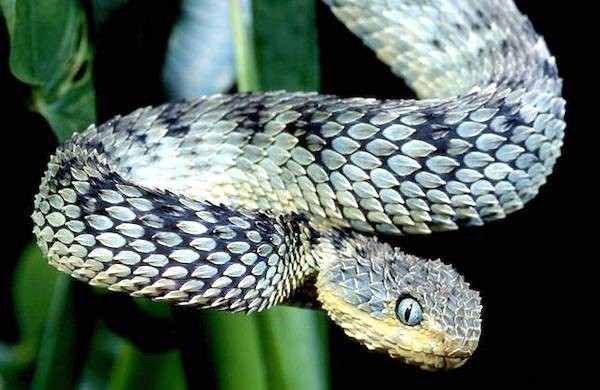
The atheris, or green leaf viper, is found in the tropical rainforests of sub-Saharan Africa. It is a venomous snake known for its very particular scales which give it a shaggy look. Its tail is ultra powerful and allows it to hold its prey or hang in the trees. It also spends most of its life there setting traps for its prey.
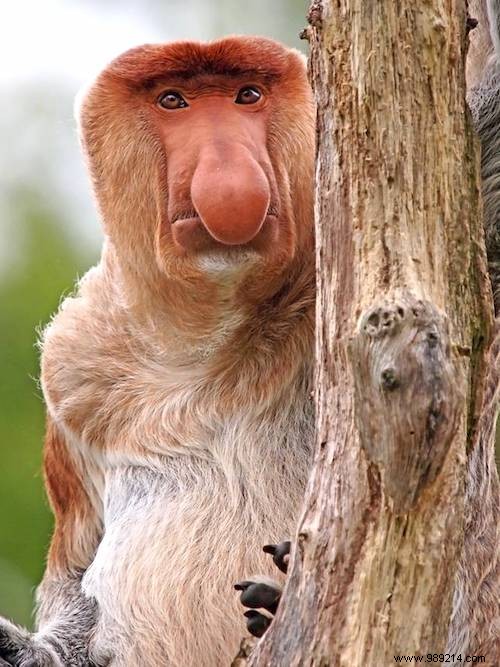
This monkey is recognizable by its big clownish nose. He lives in the trees of the island of Borneo. Only males have this prominent trunk, sometimes up to 10 cm long, females do not. This nose turns red when angry and serves as a weapon of seduction for the female.

This strange little animal is native to the tropical forests of Madagascar. It has two types of quills:simple quills, and others hidden in its fur. Like the porcupine, it uses its quills as a defense against predators. It makes the older ones vibrate in order to make sounds to communicate with its family.
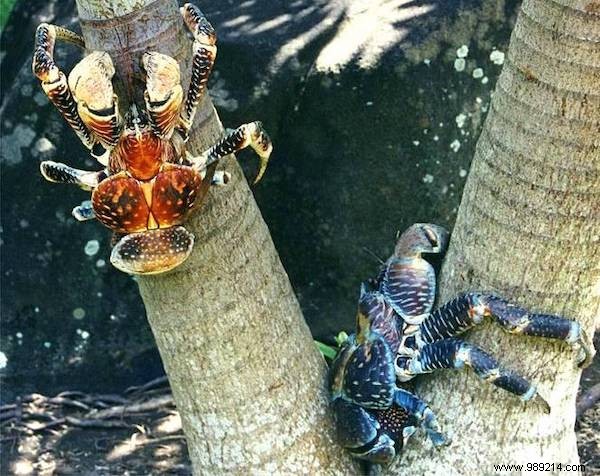
The photo may seem misleading, but these crabs are giants. They are the largest known terrestrial arthropods, measuring up to one meter in length from leg to leg. Omnivores, they feast on baby turtles but generally prefer to eat fleshy fruits such as coconuts!
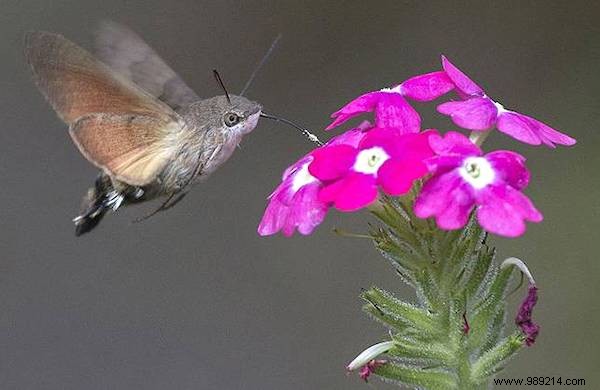
It looks like both a moth and a hummingbird. Its way of flying, and its long thin trunk, make its identity doubtful, probably the result of a particular evolution. It lives in Europe and forages hovering in the summer. In winter, it migrates to warmer countries.
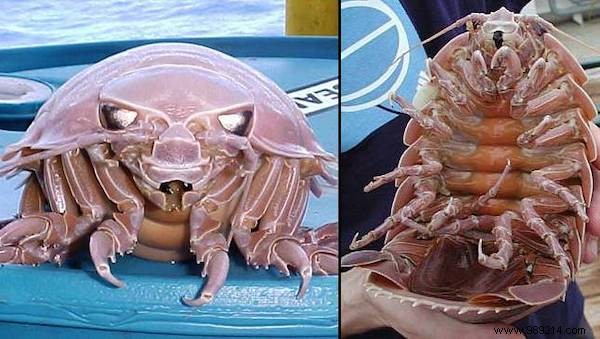
Along with the giant squid and the giant spider crab, the bathynome is an excellent example of marine gigantism. You don't know this animal? Well, just look at its terrestrial cousin the woodlouse to get an idea of what it looks like. Both of these species have the ability to curl up into a ball to protect themselves from predators